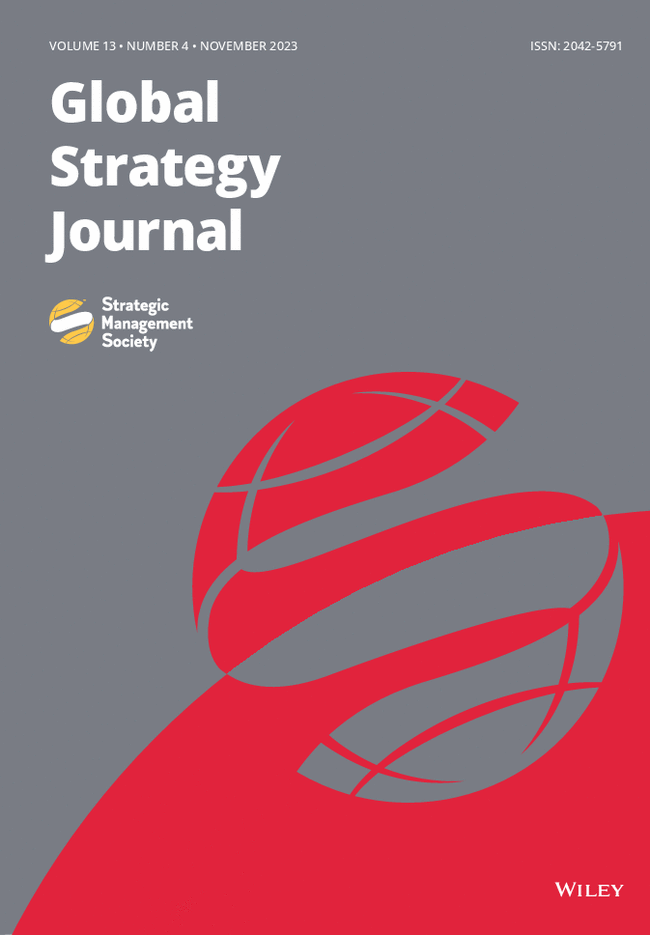Common ownership and competitive dissimilarity: A global perspective on competition and institutional ownership
Abstract
Research Summary
Research highlights that common institutional ownership (an investor owning publicly traded shares in two rival firms) can reduce rivals' incentives to compete. So far, this literature focused on domestic market competition. However, competition also arises in global markets, and common owners invest outside their home countries. We integrate the perspectives of global market competition and cross-national distance into a model of shared principals with rival agents and argue for a positive effect of common ownership on rivals' competitive dissimilarity in global markets. Moreover, we argue that the competitive intensity in joint regions amplifies, and the cross-national distance between common owners and their firms mitigates this effect. We find support for our theorizing using a multi-industry dataset with 1574 of the largest firms worldwide.
Managerial Summary
When investors hold shares in two competing companies, it can reduce how aggressively those rivals compete. To avoid direct competition, these companies often adopt divergent strategic actions. Our research shows that this dynamic extends to how competitors behave in international markets. We also identify key boundary conditions to this effect: The effect weakens when competition within shared markets decreases and when the distance between the owned rivals and their common investor increases. For managers of globally operating companies, this highlights the need to consider not just competitors' strategies but also their ownership structure. Overlapping ownership could significantly influence competitive dynamics in global markets by shaping competitors' strategic approaches.





 求助内容:
求助内容: 应助结果提醒方式:
应助结果提醒方式:


